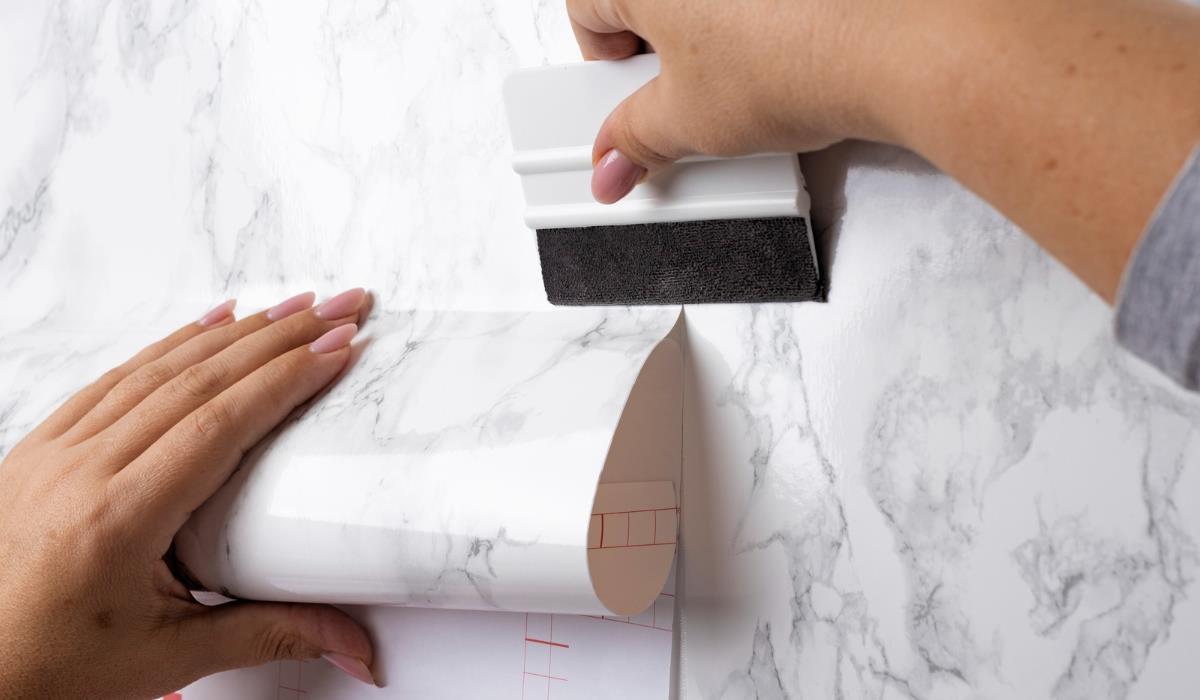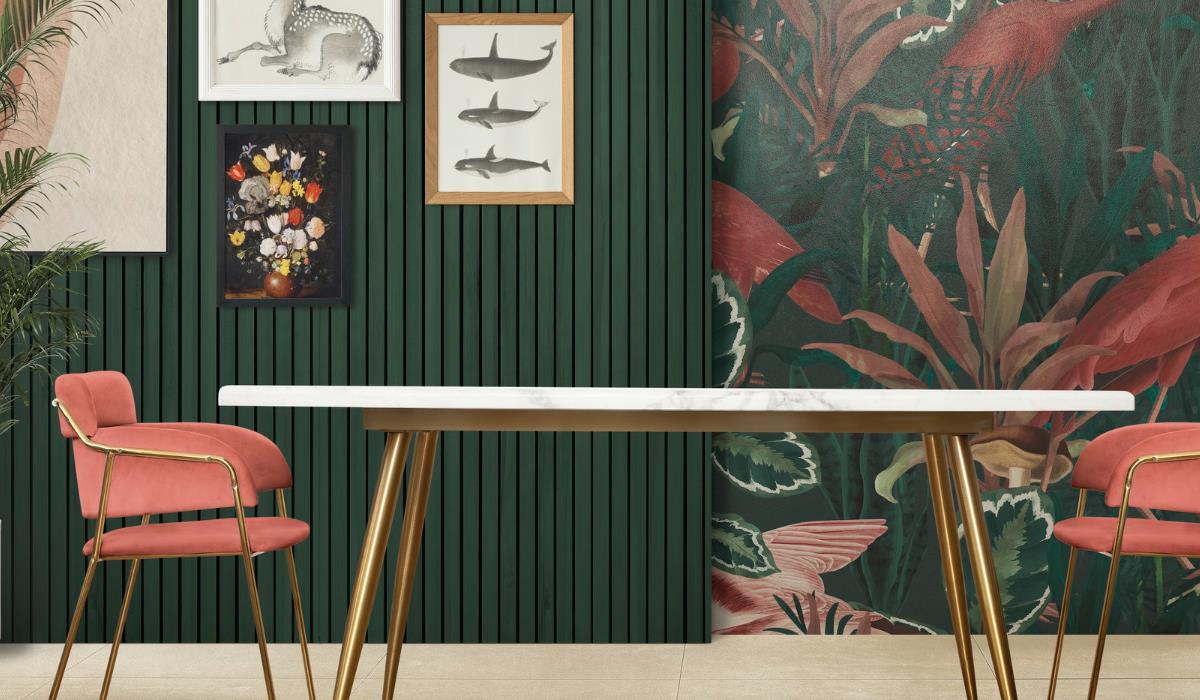The ways of finishing partition walls are very diverse and depend on the aesthetic preferences and utility purposes of the room. These can be e.g. wallpapers, paints, ceramic tiles, natural stone, wood or architectural concrete.
We present the key aspects of interior renovation that will help you carry out an effective renovation. The guidelines apply to both simple works, such as cleaning, painting or filling in minor cavities, as well as more complex ones that require experience, such as chipping off plaster or laying ceramic tiles.
Methods of finishing partition walls:
Painting
The basic way to renew walls is painting. It is important to properly prepare for work, complete the tools and protect the space from dirt. When choosing a paint, it is worth paying attention to its properties, such as adhesion and durability. The color of the paint should be selected taking into account the size, layout of the room and its purpose.
Wallpapering

Wallpapering is another method of finishing the partitions, which allows you to achieve an impressive appearance of the interior. Paper, vinyl or textile wallpapers have different properties and applications, which allows them to be adapted to the needs of the room.
Plastering
Plastering is a method of finishing walls, which is used in the case of walls in poor technical condition. There are various types of plasters, such as cement-lime, which will work well in damp rooms or rooms exposed to mechanical damage.
What plaster or finish to choose?
Gypsum plasters are lighter, easier to apply and dry faster than cement-lime plasters, which is why they are more and more often chosen for interior finishing. Gypsum finishing coat is suitable for covering walls in dry rooms, such as bedrooms, living rooms or children’s rooms. With proper application, they provide a smooth surface, ideal for painting or wallpapering. In the case of gypsum plaster, it is particularly important to properly prepare the substrate, which must be clean, dry and discolored. Irregularities greater than 1-2 mm should be leveled with putty or gypsum mortar. Gypsum finishing coat is applied with a flat trowel, and then it is smoothed with a special tool for smoothing plasters.
Keep in mind that gypsum plaster dries very quickly, so work should be carried out efficiently to ensure even coverage. In the case of walls with a high degree of moisture, it is worth using acrylic or silicone plasters that are resistant to moisture and mold. Thanks to their flexibility, they are also resistant to cracks and mechanical impacts.
Colors and style

The choice of interior colors is an important element of renovation. It is worth taking into account not only personal preferences, but also aspects such as the size or function of the room. Properly selected colors can correct the proportions of the shapeless interior and affect the well-being of the residents. It is worth seeking the advice of experts in the field of color therapy and using the interior design programs available on the Internet.
Summary
Finishing partition walls can involve various techniques and materials, such as painting, wallpapering or plastering. The choice of the appropriate method depends on the condition of the walls, the requirements of the users and their aesthetic preferences. It is also worth considering the size and purpose of the room, as well as the effect of colors on the well-being of the residents. In the case of works requiring experience and expertise, it is recommended to hire specialists who will guarantee a professional and durable interior finish.



